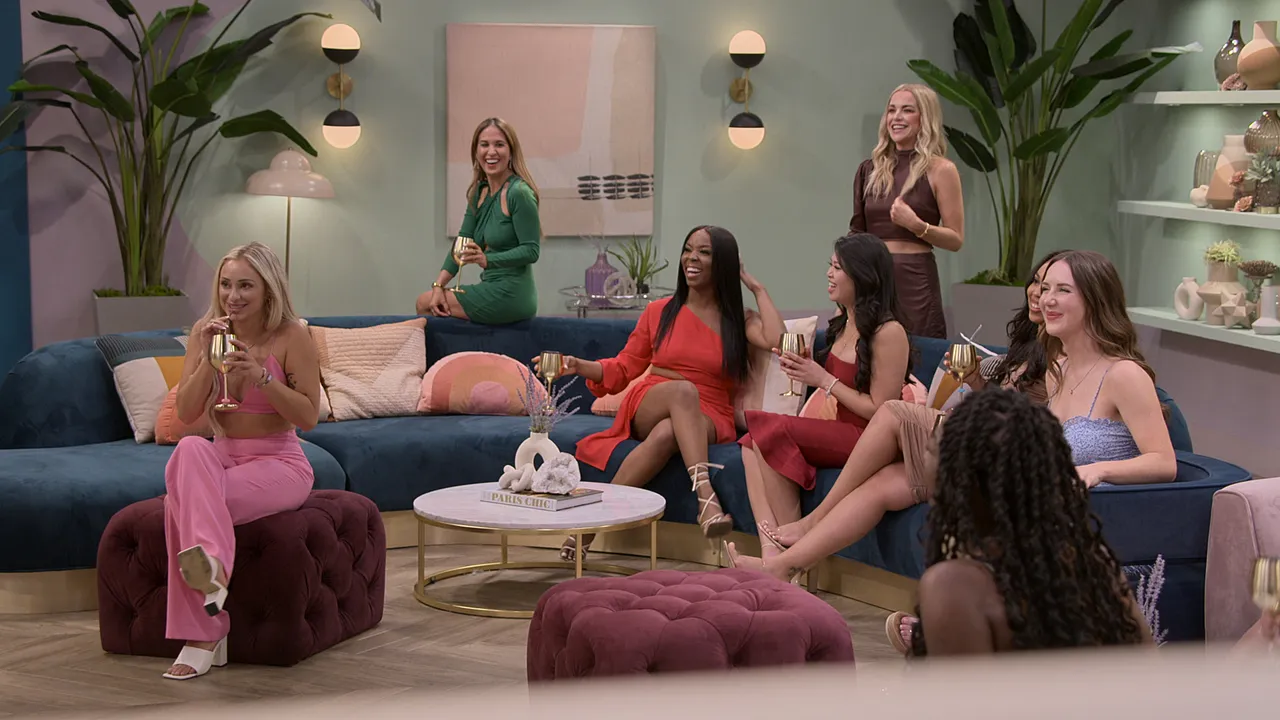In a society where representation is paramount, why does reality TV continue to fall short? Season 8 of “Love Is Blind” invites us into a world of love and connection, yet its lack of meaningful diversity suggests that the pursuit of inclusion is still a mere afterthought in the entertainment industry. Join us as we delve into the glaring disparities, examine the missed opportunities, and question whether it’s time for a paradigm shift in casting practices. it’s time to demand that reality TV, and society as a whole, truly embrace the kaleidoscope of human experiences and perspectives.
Diversity and missed Opportunities in Love Is Blind Season 8
Season 8 of Love Is Blind proves that despite claims of progress, diversity in casting remains an afterthought in reality TV. The overwhelming majority of contestants where white and thin, with little to no representation from marginalized communities. This homogeneity is a missed chance, as it perpetuates stereotypes and limits the potential for inclusive, relatable narratives. If reality shows want to stay relevant and reflective of society,they need to prioritize authentic diversity in casting and create a space where all voices are heard and celebrated.
Representation gap in Reality Television
on “Love Is Blind” season 8, the show’s lack of racial diversity becomes glaringly apparent when considering the thriving pool of single people in Dallas. Of the 30 contestants cast, only two Black women were included. This lack of representation perpetuates a harmful stereotype that Black women are not as desirable as other races, which has been systematically reinforced in media for years. The show’s casting directors must do better in future seasons to accurately reflect the diverse population of the city they are filming in and ensure that contestants of all backgrounds have an equal opportunity to find love.
Actions Not Just Aspirations: Recommendations for True Inclusion
True Actions That Promote Inclusion
To facilitate genuine inclusion on reality TV, it’s crucial to move beyond mere aspirations and adopt tangible actions:
- Establish clear Objectives and Commitments: Define and publicly disclose specific diversity, equity, and inclusion (DEI) goals and timelines.
- increase Representation: Actively seek and cast individuals from diverse backgrounds, including race, gender, sexual orientation, disability, and socioeconomic status.
- Provide Equitable Opportunities to Participate: Ensure that all participants have equal chances to share their stories, perspectives, and opinions.
- Foster a Culture of Respect: Create an environment where differences are valued and all individuals feel safe and respected.
- Support and Engage Diverse communities: Partner with organizations and individuals representing diverse communities to ensure authenticity and avoid tokenism.
- Seek Feedback and evaluate Progress: Regularly gather feedback from participants and stakeholders to assess progress and make necessary adjustments.
- Educate and Train Crew and Cast: Provide ongoing training on DEI best practices for cast, crew, and producers.
- Implement Accountability Measures: Establish consequences for non-compliance with DEI commitments to ensure accountability.
Transforming Reality TV: A Path Forward
As long-time viewers will attest,Love Is Blind is a somewhat instructive case study in the cursory way reality television ostensibly addresses issues of diversity. Despite aspirational promises of representation, season after season has maintained a status quo that notably privileges a white, conventionally attractive cast. Season 8, in particular, underscores this tendency: of the eight initial couples, only one features two Black men and only one features a Black woman. While such a small sample size does not necessarily indicate malfeasance, taken in context, it does beg the question of what is really standing in the way of true diversity. Is it a lack of desire on behalf of production? A lack of eligible candidates? Or something more sinister? Without clarity from the show’s creators, the audience is left to speculate—and question whether Love Is Blind is as progressive as it seems.
to sum up
As Love Is Blind’s eighth season comes to a close, it’s clear that diversity on reality TV remains a distant mirage. The cast’s homogeneity serves as a glaring reminder that true representation is still a mere afterthought in the industry. Unless networks and casting directors embrace a bold vision of inclusion, the entertainment landscape will forever remain a narrow mirror of society, falling short of its potential to embrace and celebrate the richness of human diversity.

